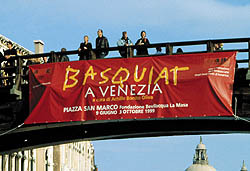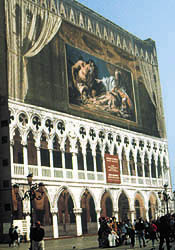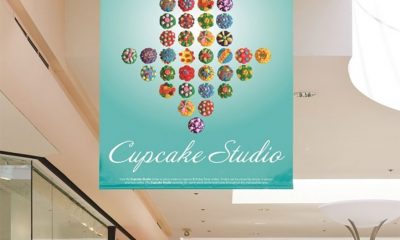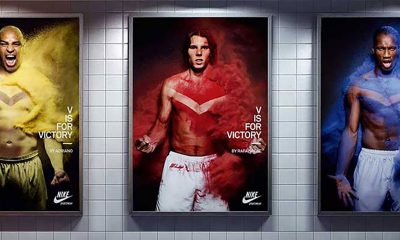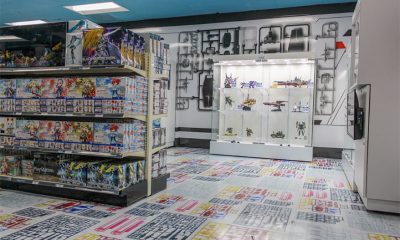Like its historic masked balls, Venice, Italy is often not as it appears. Artificial appearances are part of the city’s fabric. While Venice’s dignified facades include the austere Palladian churches whose exteriors offer little clue to the interior excess of Renaissance church architecture, the city’s fading facades are characterized by the many palaces lining its canals.
Don’t be deceived by a structure’s withered appearance, however, because typically, a sumptuous interior lies behind a peeling stonework.
Venice is inseparable from its unreality. While visitors drift through the artistic and historical theme park of Venice’s lagoon islands — captivated by an ambiance as surreal as the city’s notable lighting — townspeople reside in mainland districts where tourists rarely venture.
A small, local population and the absence of cars and roads indicate that, other than a few functional and directional signs, most Venice signage serves to guide and manage the city’s tourists.
From the well-known Rialto bridge that spans not only the Grand Canal but centuries of mercantilism, banners celebrating art are hung. Similarly, hanging from the Academia bridge are banners announcing exhibitions. Near St. Mark’s Cathedral — a thousand-year-old fantasia of mosaic — a national-airline logo has been mosaicked into the sidewalk. And in the streets, fully costumed actors, backed by small billboards, distribute fliers announcing their nightly performances.
While tourists relish the surreal splendors of many notable Venice attractions, local residents routinely battle severe flooding and make every attempt to preserve the city’s ancient buildings.
Because most of the city is undergoing semi-permanent restoration, civic authorities have implemented a solution to conceal its extensive scaffolding: super-large format, digitally printed banners depicting the buildings under construction. Draped over the scaffolding, these vinyl applications create ingenious, temporary facades that not only offer tourists a visual representation of the soon-to-be-restored buildings, but also maintain order within the area and provide shelter for the workpeople.
Signmakers might opt for permanent installation of the vinyl facades, as opposed to restoring the buildings. After all, the digital prints feature sharp details and bright colors, and their surfaces aren’t covered with years of pigeon droppings. This signage may only serve as a mask, but in Venice, masking is acceptable.
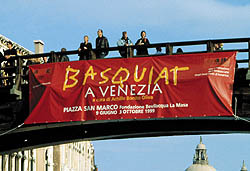

 Tip Sheet1 week ago
Tip Sheet1 week ago
 Photo Gallery2 days ago
Photo Gallery2 days ago
 Ask Signs of the Times4 days ago
Ask Signs of the Times4 days ago
 Real Deal1 week ago
Real Deal1 week ago
 Benchmarks6 days ago
Benchmarks6 days ago
 Women in Signs1 week ago
Women in Signs1 week ago
 Photo Gallery1 week ago
Photo Gallery1 week ago
 Women in Signs1 week ago
Women in Signs1 week ago
